For day 3 of Vegan MoFo, I wanted to talk about how I eat now that I don’t have a gallbladder. My gallbladder is the reason why I’m here now, blogging about vegan food. If you read my post yesterday, I started to talk about how a few years ago I was sick and my stomach hurt all the time. Here’s how that story ends:
After over a year of pain, pills, and no answers, I finally took control of my life and learned how to cook. More specifically, I taught myself how to cook vegan. Nobody I know is vegan, and I am not entirely sure what propelled me to move my life in this direction so strongly, but I did it without knowing a single thing of what I was doing. And it was the best decision I’ve ever made in my life.
For the first few weeks I felt great. The pain was lessened and I was finally feeling positive and more like myself after so much misery. However, as you know if you’ve had your gallbladder out, no amount of doing the right thing will keep that puppy going. After some time, I started to hurt again. But there was a change in how doctor’s looked at my care. I changed my diet and was losing weight. They were actually willing to look into something else as the cause of my pain. One really great doctor sent me to get my gallbladder tested. It was quickly discovered that it wasn’t functioning properly (only 10%!!) and it had to go. A few weeks later it was gone, and that’s the end of the story!
Or is it? If you’ve had your gallbladder out, you know this isn’t the case. After surgery doctors will tell you that your body will go back to normal and you can eat as you were before the surgery. As one doctor told me “the ducts around the gallbladder will act in it’s place”. Yeah, sure. Well for me, my digestive system was back to normal right after surgery. I was digesting things fine and had absolutely no pain. I even went back to my vegetarian diet.
About 3 months or so after the surgery I noticed I was starting to have digestive problems. One day I ate a particularly vinegary dish and found that my acid reflux symptoms had returned. I noticed that food was going through my system faster, and didn’t seem to be digested as what I considered to be normal. And the worst symptom of all: the horrible gas! Before my surgery I ate a lot of foods that would cause gas, but after the surgery the symptoms were 10x worse! You could even hear the gas moving through me and my stomach would make these awful noises. It’s so embarrassing!
It only gets worse as time goes on. Well everything except the acid reflux. That comes and goes. My ability to digest fat though… that steadily declines as time goes on. It’s to the point where I fear eating out at restaurants because of the consequences there will be the following day. Now little bits of fat here and there I can digest. There seems to be some sort of magic number of grams I can consume and still be alright. Once I cross that line though, there is no turning back.
I’ve done a variety of things to combat these awful symptoms, with varying degrees of success. I am now on a probiotic, for overall digestive health. I also try my best to eat a low fat diet. This seems to work the best. And avoiding gassy foods. When I do all of these things, and follow a whole foods low fat vegan diet, I feel my absolute best. And my health is a lot better now than it was before all the drama with my gallbladder. Win!
So I thought I would share my tips for eating a low fat vegan diet, in case you are interested or you too are suffering horrible symptoms now that your gallbladder is gone.
JILL’s TOP 10 TIPS TO EATING A LOWER FAT DIET:
1. Bake not fry! This one seems really obvious, but you might be surprised once you look at your cooking to see how much stuff you actually fry up. Even sauteing vegetables in oil can add extra fat and calories to your meal that aren’t necessary.
2. Saute in water, not oil. To go along with the first tip, try sauteing your vegetables using a layer of water instead of a layer of oil. If you cook with a lot of oil, this may take a little getting used to because 1. you have to keep an eye on it (things will stick if you don’t have a nonstick pan!), and 2. the taste is different. If you can’t drop the oil completely from your cooking at first, try an oil spray instead of dousing your vegetables in oil.
3. Steam or roast vegetables. Steam the veggies if it’s too hot to roast them in the oven. If you haven’t ever tried to roast your favorite vegetables, you really should! I think the flavors are the best fresh out of a hot oven. Most vegetables can be roasted around 400 degrees in your oven until they are slightly brown and tender. A tiny bit of salt and pepper adds to the flavor! As for steamers, you can buy the stove top or an electric one like below. They aren’t too expensive!
4. Hold the margarine. I grew up in a household where vegetables were slathered with butter before being served. It was an easy way to get everyone to eat their veggies. However, the fat content alone destroys any notion of a vegetable side being healthy. It might take some getting used to, but don’t add margarine to your vegetables! If you have trouble eating them plain, try finding a sauce that you like to cover them (low in fat!).
5. Make as much of your own food as you can. It might seem time consuming, but it’ll be worth it in the end… and might even save you money! Try making your own sauces and marinades. Instead of buying prepackaged veggie burgers, learn how to make your own. This way you can control what goes into what you eat. This also has the added bonus of removing more chemicals from your diet!
6. Read labels. And understand them! People often read labels incorrectly, and don’t take into account serving size. A bag of chips might say it only has 5g of fat per serving, but how much is in one serving? When I go grocery shopping, I will often product compare. Which product has the least amount of fat per seving? I will also look at ingredients and try to get products that don’t contain oil.
7. Use applesauce to replace oil. This is for baking only! You might see a lot of vegan recipes call for 1/3 to 1/2 cup of oil. You can replace this with an equal part of applesauce. The downside to this is that it can make your baked goods more dense than the normal recipe. Some people don’t like the texture. I personally don’t think it changes the flavor all that much though.
8. Keep snacking to a minimum. Or, just don’t buy snacks and keep them around the house. You know what I’m talking about. Potato chips, Oreo’s… yeah there is such thing as vegan junk food! Just because it doesn’t contain animal products, doesn’t mean it’s healthy. Don’t even tempt yourself. When you are at the grocery store just pass over the junk food isle.
9. Find healthier ways to snack. Okay, so you need to snack. Fine. Find healthier, lower fat ways to do it. I’m a big fan of homemade granola bars. You can try making your own chips (potato, kale, sweet potato). Or try snacking on fruits and vegetables. Homemade chips and salsa! Hummus and crackers! There are a lot of healthy ways to snack if you feel the need to eat between meals. These are just a few of the many low fat options. Get creative!
10. PLAN AHEAD. We live in a society that is always on the go. I understand this. But the best way to eat a lower fat diet is to plan ahead. That way you know what you’ll be eating in the coming days, and you won’t be as tempted to eat out. I try to plan my meals a few days in advance. I’ve heard of people cooking on the weekends so they don’t have to worry about it during the week. Figure out what works for you and your schedule and stick with it!
Phew! I’m finally done! And today is only day 3. When do we get to the fun stuff? Going forward from here, my Vegan MoFo posts will include recipes I’ve veganized from restaurants that I love, recipes of mine that I’ve tried to make lower in fat, and anything that comes to mind between now and the end of the month! I’m really just flying by the seat of my pants with this one. And I’m having so much fun!
A preview of what’s to come in pictures:
See you tomorrow!
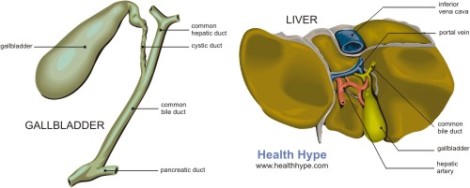
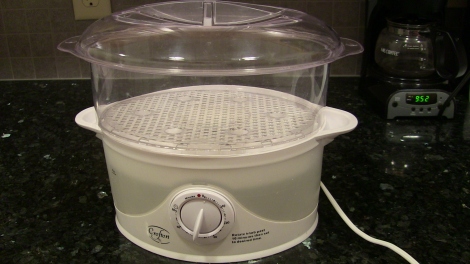
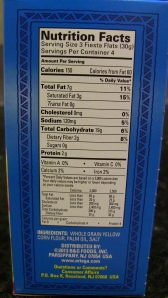
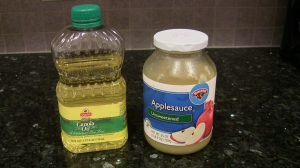
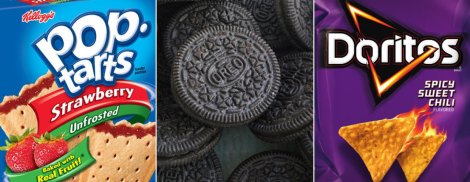

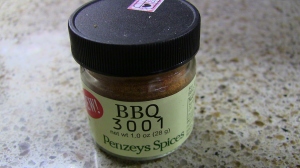


Thanks for sharing 🙂 Your tips are great too and inspire me to get back in to more oil-free cooking.
Thank you!
This is a great post 😀 Thank you for sharing your story, I am so glad you have found a way to work it out and that you’re happy with it! 😉
Thank you! It was a tough road, but I eventually figured it out 🙂
That’s wonderful – I’m really happy for you 🙂
What an adventure you’ve had. Good for you, taking control of your own health and diet. My grandmother had serious heart problems back in the 70’s, and the doctors just wanted to give her lots of medicine. She did a ton of research and ate no-(added)fat, no-salt, no-sugar (with rare treats!) – and lived another 25 years. So amazing!
It really is amazing how much food can cure!
I had my gall bladder out about 15 years ago. That was some of the worst pain ever! I’m glad you are finding a way of eating that’s right for you!
Yup, very painful! Thank you for commenting 🙂
I got my gallbladder removed to and since I became a Vegan I have been feeling better than ever.
Do you eat nuts, seeds, and coconut, almond, or other nut or seed milks? Also, are you able to eat avocados?
Hello! I don’t know if this is still an active blog, but I just stumbled upon this article! I had my gallbladder out about 8 months ago and have steadily had my stomach pain return to the point where I have pain after almost every meal again. I’m considering trying out the vegan lifestyle as well as trying to do low fat and I was wondering if you are still doing this, and if so has it continued to work for you? I’m asking because our stories seem very similar and I am desperate for change!
You’re a blessing to me and I appreciate you very much! I wasnt expecting to find anything when searching for this type of diet! Ah! Thank you so much!